Keeping a Well-Stocked Pantry

Look up the hashtags pantry or pantry goals, and you will encounter some of the most aesthetically pleasing dry store cupboards currently out in the ether. If you aspire towards such orderliness, your best bet would be to look up minimalism and organization guru Marie Kondo. My cupboards tend towards organised chaos, so don't expect a picture of my pantry on Instagram any time soon. Although my pantry won't be winning me any new followers on Instagram, it does contain most of what I need to make a great meal in a pinch, while still retaining some sense of organisation (understood only by myself.)
And herein lies the gist of this post: your pantry should benefit your cooking, not develop a desire to hoard (note to self...) Since every kitchen is different, with their own sets of challenges, a general rule of thumb is to keep all foodstuff within easy reach: cupboards that are above head height should be kept for non-food items that don't get used often. If you regularly shop at wholesalers, you might want to keep one or two of those hard to reach cupboards for stocking large containers, however, stick to a set number to make it easier to keep track of what you have. Deep shelving units pose the unique problem of offering lots of storage space and allowing things to disappear into the unknown. Since converting a deep shelf into a pull-out drawer isn't always an option, storing smaller items in repurposed boxes or containers is one way of avoiding a black hole at the back of the cupboard.
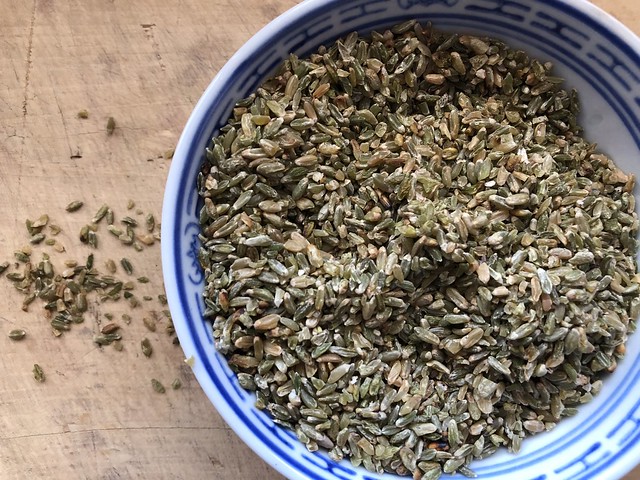
It is important to consider that a well-stocked cupboard does not happen overnight, nor does it magically appear out of the blue. In order for your pantry to provide you with all the fixings for varied and appetising meals, as well as dinner for unexpected guests, you will need time and forethought. A padded bank account may help, but is really not essential. In fact, if your budget is restrained, Leanne Brown offer great tips and ideas on building up your pantry, both on her website and in her wonderful book Good and Cheap. Buying small amounts from bulk shops, or keeping an eye out for special offers on essentials are great ways to build up your pantry without blowing the bank.
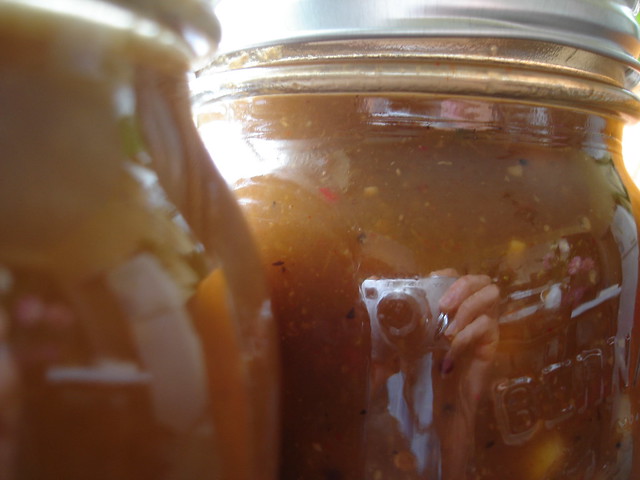
Keep in mind that you are stocking your own cupboard: your pantry needs to suit your cooking and your (and yours) tastes. There is no need to stock up on ingredients you do not use or that your household does not like - even if it looks pretty in glass jars: it is a waste of space, money and food. Because, let's be frank, there's no point to a pretty larder if it's only there for show. Kitchen real estate is limited at the best of times, so let's not fill up on unnecessary things. That is not to say that you should refrain from trying out new foods, just limit the amount you purchase, perhaps by buying a taster amount from a bulk shop instead of the family-sized tub from the wholesale store, and it's always good to have a recipe in mind before hoarding new ingredients. So consider the following list as a guideline of what I think is essential to my cooking, and feel free to modify to suit your appetite.
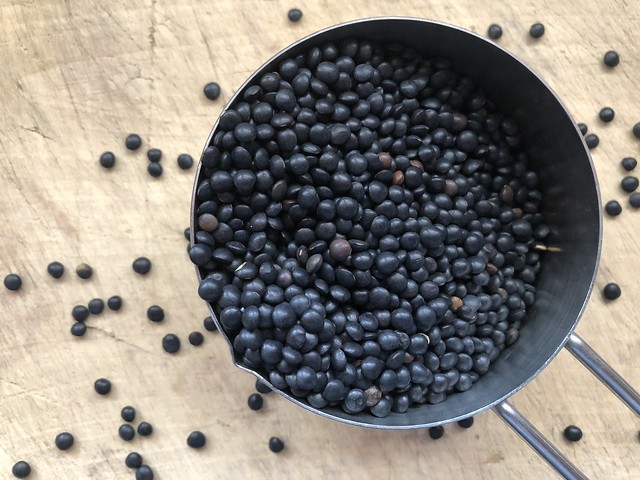
Beans are good for you. Whether or not you are vegetarian, I think every kitchen should stock beans in one form or another. Pulses are a great source of protein and fibre, and can transform any meal whether it be a salad or a stew. Dried beans are inexpensive, but do require quite a bit of forethought to have ready in time for dinner (unless you have, and use, a slow cooker or a pressure cooker), while canned beans are a great shortcut, albeit somewhat more expensive than the dried stuff. I always like to have a variety of dried lentils on hand because they cook up so quickly, and a few different tinned beans (chick peas, black and navy beans are always good to have) for those days when I can't be bothered to do much cooking. If you can, cook up big batches of beans, and either jar up or freeze in portions for later use.

Grains and other carbs: you may have surmised from my last few posts that I am a big fan of grains of all sorts. Included in this category are rice; wild rice; barley; wheat berries in all its variants (cracked wheat, freekeh, bulgur, farro, spelt...); oat groats; pasta of all shapes; cornmeal; quinoa; and the list goes on! Each grain and seeds have their own unique flavour, but they can be used interchangeably to add variety to your meals. Again, I do advise that you don't go overboard and stock up on lots of different grains: try a new kind or two every few months to find out which ones you like and, more importantly, which ones easily fit in your life: wheat berries and other whole grains can take up to an hour to cook! Whereas pearled barley cooks in under 30 minutes. It is also important to consider that older grains (and beans!) take longer to cook, so only purchase and store the amount you think you can consume within ten months.

Oil and vinegar: It's easy to go crazy with these two ingredients. Supermarkets have entire aisles filled with these two ingredients, but I do think that we can all get away with two -maybe three- different kinds oils and one vinegar, though I will be honest: I generally have six different oils on rotation next to my stove, and two heat-sensitive oils in the fridge, as well as at least five vinegars. Despite being excessive myself, I genuinely think that most home cooks only need a neutral oil such as canola (rapeseed) oil or any flavourless vegetable oil, a more flavourful oil such as olive oil or a nut oil, and toasted sesame oil if Asian food is a favourite. As for vinegar, I prefer a nice cider or wine vinegar, Japanese rice vinegar and a mid-range balsamic vinegar. Do try to purchase these ingredients in glass bottles, and whenever possible, buy olive oil in dark coloured glass: except for olive oil, which can go rancid after ten months (hence the importance of dark glass), oils and vinegar tend to have a long shelf-life, but can get plasticky off-flavours after about six months, especially if the bottles are kept close to the stove.
I won't lie, I love my herbs and spices. My collection can rival that of any Indian restaurant in the city, but again, I think that most cooks can manage with just a few essentials to start with, and add on as your cooking repertory grows and your budget allows. Cumin, coriander, chilies, cardamom, cinnamon and ginger are used in several different cuisines and have applications in both sweet and savoury dishes. Supermarkets tend to have a good selection of spices, however, the small jars tend to be expensive and of dubious freshness. I prefer to buy spices from my local Indian or bulk shops, where the turnover is much higher. Nevertheless, if your local supermarket has an 'ethnic' aisle, they may stock bags of spices in that aisle, and not only will they be less expensive, they tend to be fresher than the dusty jars found in the spice and seasoning aisle. Try to privilege whole spices -perhaps with the exception of cinnamon and ginger- and grind your spices just before using: whole spices have a much longer shelf-life than ground. As for herbs, the only ones I think are worth purchasing dried are thyme, rosemary, sage, bay leaves and oregano. Most other herbs lose a great deal of their flavour when dried, and are better fresh whenever possible. Granted, fresh herbs are rarely cheap, and since recipes rarely call for whole bunches, left-overs often go to waste. A good way to minimise waste is to freeze any excess, either as whole leaves or as a pesto.

Baking supplies: Generally speaking, unless you are a keen baker, stick to small amounts of the basics: 500g to 1kg (1 to 2 pounds) of unbleached all-purpose flour (plain flour in the UK) is a good amount to have on hand. I have a personal preference for unbleached flours, as I find that the bleached stuff has an unpleasant flavour, however, I know that in some parts of Canada and the US, unbleached flours are difficult to find, if that is the case for you, don't feel like you have to go out of your way to find it. All-purpose flour is not only used for baking cakes and quick breads, but is handy in savoury cooking for breading and thickening purposes, and is actually fine for pizza dough as well. Pastry and bread flours are only necessary if you bake regularly. Whole wheat flour can go rancid at room temperature, so again, only stock up if necessary, and keep it in the freezer if you have the space. As for baking powder, it does eventually lose its leavening powers, so if you live in a particularly humid climate and rarely bake, stick to the smallest sized container or buy small amounts from a bulk shop.

Sugar has garnered quite a bit of notoriety of late, so whether or not you want to keep in your kitchen is up to you. Personally, I have no objection to sugar: I think that, consumed in moderation, it is not the big bad it is being painted as, though the key word here is moderation. Although I have pretty much cut out sugar from my drinks, I still use it in the kitchen, whether it is for baking or cooking, so my cupboard contains a few different kinds. Nevertheless most granular sugars are interchangeable, so there is really no need to squirrel away a range of sugars. If your use of sugar is sporadic, do favour white or golden granulated sugar: it is cheap and readily available, and it does not clump up as readily as brown sugar. Also, I find that dessert recipes calling for regular sugar tend to be easier to follow for novice bakers than those calling for specialty sweeteners.
Dried fruits, nuts, and seeds: depending on your eating habits, this category may or may not be essential. Dried fruits and nuts are staples in many vegan and vegetarian recipes, but they do not come cheap, with the added caveat that oily nuts and seeds can actually go rancid if kept at room temperature for extended periods. Buying these ingredients from the bulk shop can help keep costs down, as can keeping an eye out for special offers at health food shops and supermarkets; in general, bulk buys from wholesalers (Costco, et al) do not actually offer much savings. If you have access to Indian or Middle Eastern shops, they often stock 'broken' nuts (cashews and pistachios, most often) for a fraction of the price of whole nuts. Dried fruits and nuts add loads of nutrients and healthy fats to every meal of the day, from breakfast to dinner, and including snacks: one way to nosh on them without breaking the bank is to roast them - 10 to 15 minutes in a 160°C/ 325°F oven will not only improve their texture, but intensify their flavour, so a little will go a long way. Seeds, just as nutritious and delicious, but generally less expensive than nuts, can also substitute nuts in many recipes
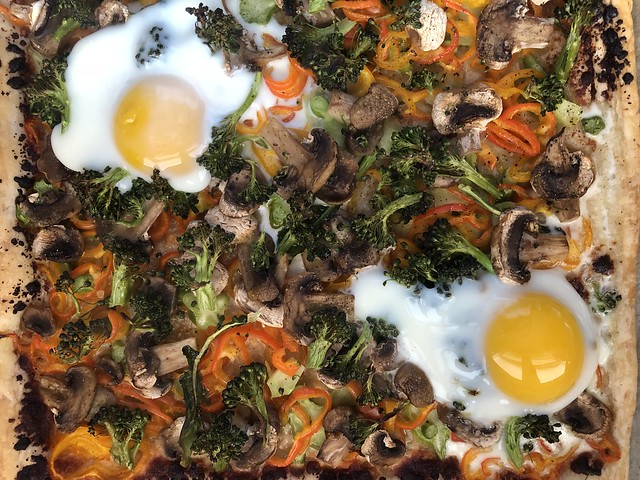
I think it's safe to say that most people have a special treats shelf in their cupboard. It is where the cookies and chocolates are usually stored, and I don't think anyone needs my advice on what to put there. However, if your treats' budget has a little leeway, perhaps you might want to consider getting (or even making) a couple packs of ready-rolled puff pastry. It's not exactly a dry store ingredients, but it has multiple uses from turnovers to sweet or savoury tarts, and it can definitely turn hohum ingredients into something spectacular.
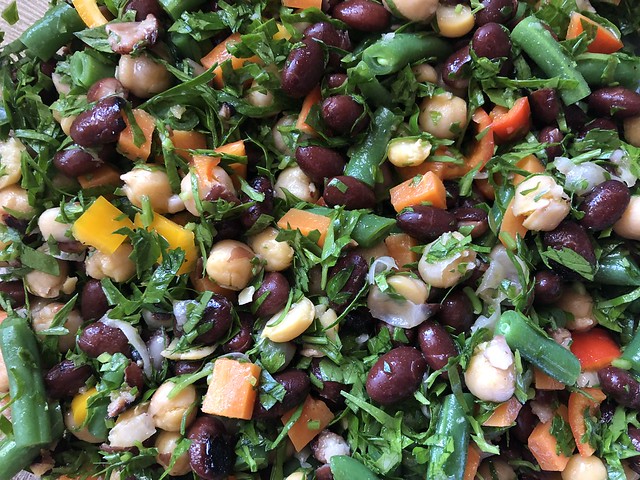
So there it is, in a nutshell: from the more important to less essential ingredients to have on hand. They might not turn your cupboard into an Instagram sensation, but they just might transform your dinner.
Bon App'!



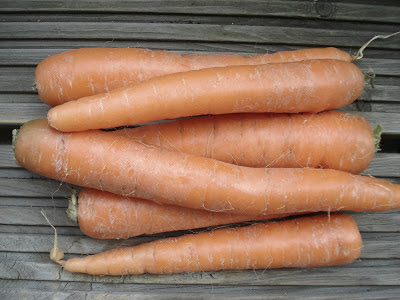

Comments
Post a Comment